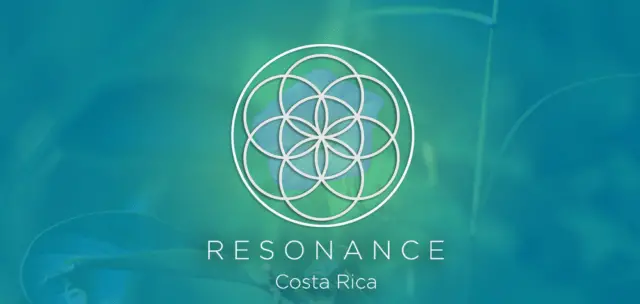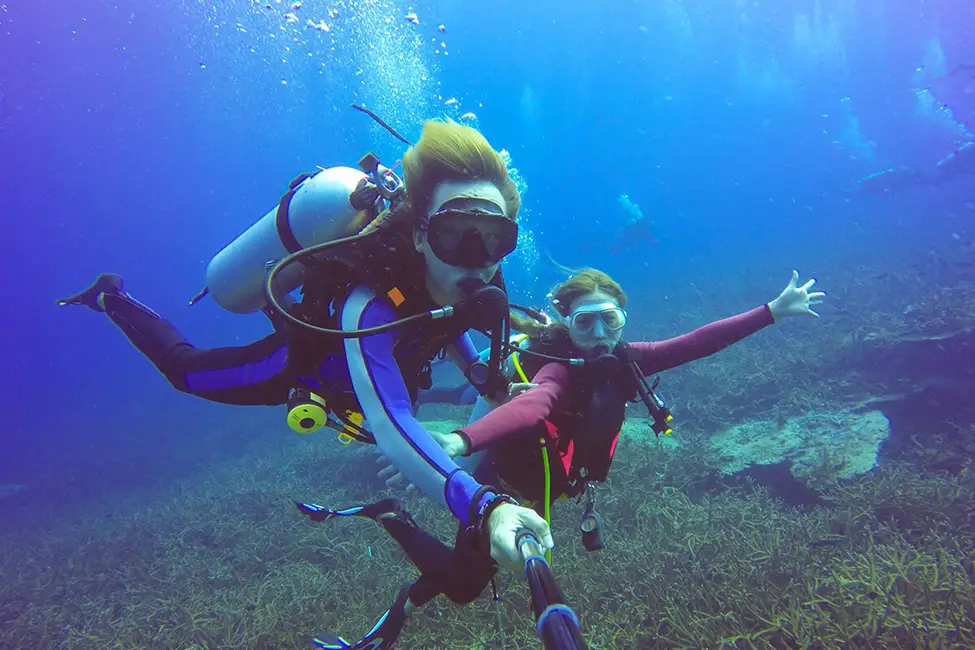Costa Rica is renowned for its stunning natural beauty, diverse ecosystems, and a plethora of volcanoes that attract thrill-seekers and nature lovers alike. With more than 60 volcanic formations, some of which are active, many travelers may wonder: Is it safe to visit these majestic giants? In this article, we will delve into the safety aspects of visiting Costa Rica’s volcanoes.
Understanding the Volcanic Landscape
Costa Rica’s unique geological formation, stemming from its position on the Pacific Ring of Fire, has resulted in the creation of numerous volcanoes. Some of the most famous include Arenal, Poás, and Rincón de la Vieja. While these volcanoes are fascinating to visit, it’s essential to understand their activity levels and any associated risks.
Active vs. Dormant Volcanoes
Active volcanoes, such as Arenal and Poás, can erupt, albeit unpredictably. Arenal was dormant for over four decades before it erupted spectacularly in 1968. Since then, it has continued to show signs of volcanic activity, although it has significantly calmed down since 2010. Poás, on the other hand, is known for its frequent eruptions, with the last significant one occurring in 2017, leading to access restrictions.
On the contrary, dormant volcanoes like Irazú and Barva may not be currently active but still possess the potential for future eruptions. It’s crucial for potential visitors to stay updated on advisory notices from the National Seismological Network of Costa Rica, which monitors volcanic activity.
Assessing Safety: Current Conditions and Regulations
To ensure the safety of visitors, Costa Rican authorities maintain strict regulations regarding access to active volcanoes. For example, the areas around Poás Volcano have been monitored, and access can be restricted if the volcano shows increased activity. Before planning your trip, check government resources or local tourist information centers for current conditions.
Additionally, park rangers and guides play essential roles in maintaining visitor safety. They are well trained to interpret any signs of volcanic activity and enforce safety measures, including evacuation protocols if necessary. Always heed their advice and follow designated paths to avoid hazardous areas.
Preparedness and Precautions
1. **Stay Informed**: Research the volcano you plan to visit. Follow local news, consult the Costa Rican Tourism Institute’s recommendations, and check advisories from the National Seismological Network of Costa Rica. Apps and websites that offer real-time updates on volcanic activity can provide timely information as well.
2. **Hire a Guide**: Many national parks surrounding these volcanoes offer guided tours. Hiring a knowledgeable guide can enrich your experience by providing valuable insights into the geology and ecology while ensuring that you follow safety protocols.
3. **Plan Your Visit Wisely**: Some areas may close due to volcanic activity. When planning your itinerary, be flexible and ready to change your plans based on current safety advice.
4. **Pack Appropriately**: If you intend to hike around the volcano, wear sturdy shoes, bring sufficient water, and prepare for changing weather conditions. Mountainous regions can have sudden shifts in temperature, so layering your clothing is wise.
5. **Understand Hazards**: Recognize the potential hazards involved in visiting active volcanoes, such as toxic gases, landslides, and sudden eruptions. Familiarize yourself with the safety procedures if an emergency arises.
The Benefits of Visiting Volcanoes
Despite the risks associated with volcanic activity, visiting Costa Rica’s volcanoes offers great rewards for those who take proper precautions. The scenery is nothing short of breathtaking, with lush landscapes, hot springs, and diverse flora and fauna.
Many volcanoes are surrounded by national parks that provide opportunities for hiking, birdwatching, and exploring geothermal features like bubbling mud pots and steaming fumaroles. Hot springs, such as those near Arenal Volcano, offer relaxing experiences in naturally heated mineral waters, perfect after a day of exploration.
Visiting the volcanoes of Costa Rica can be a thrilling and rewarding experience when approached with caution and respect for nature’s power. While there are inherent risks involved with active volcanic sites, staying informed, adhering to safety regulations, and utilizing local expertise can ensure an enjoyable adventure.
By taking the proper safety measures, visitors can appreciate the stunning beauty and wonder of Costa Rica’s volcanic landscape without undue risk. The opportunity to explore these natural wonders is a chance to witness the Earth’s dynamic processes and the vibrant ecosystem that thrives in these unique environments. Ultimately, with a spirit of adventure and a commitment to safety, you can safely enjoy the majestic volcanoes of Costa Rica.

– Advertisement –
Source link
TCRN STAFF



